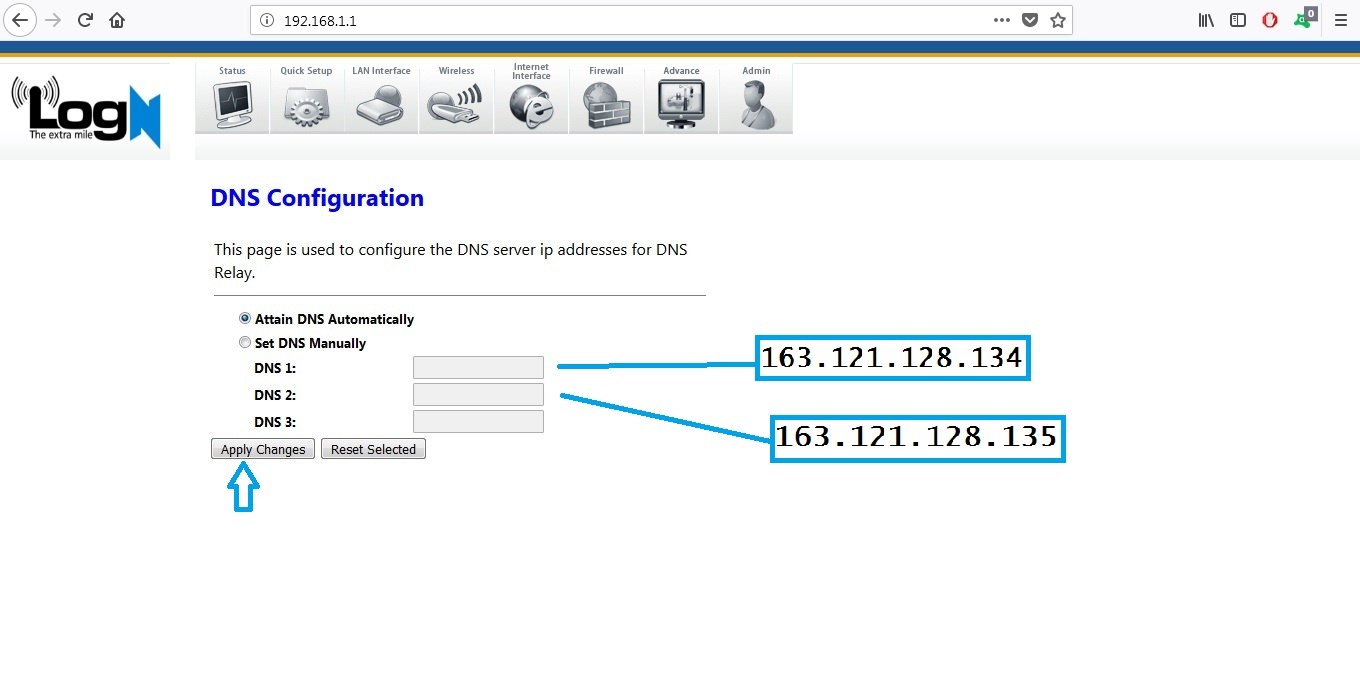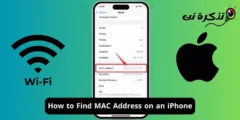is a certification program created by the Wi-Fi Alliance to indicate compliance with the security protocol created by the Wi-Fi Alliance to secure wireless computer networks. This protocol was created in response to several serious weaknesses researchers had found in the previous system, Wired Equivalent Privacy (WEP).
The protocol implements the majority of the IEEE 802.11i standard, and was intended as an intermediate measure to take the place of WEP while 802.11i was prepared. Specifically, the Temporal Key Integrity Protocol (TKIP), was brought into WPA. TKIP could be implemented on pre-WPA wireless network interface cards that began shipping as far back as 1999 through firmware upgrades. Because the changes required fewer modifications on the client than on the wireless access point, most pre-2003 APs could not be upgraded to support WPA with TKIP. Researchers have since discovered a flaw in TKIP that relied on older weaknesses to retrieve the keystream from short packets to use for re-injection and spoofing.
The later WPA2 certification mark indicates compliance with an advanced protocol that implements the full standard. This advanced protocol will not work with some older network cards. Products that have successfully completed testing by the Wi-Fi Alliance for compliance with the protocol can bear the WPA certification mark.
WPA2
WPA2 replaced WPA; like WPA, WPA2 requires testing and certification by the Wi-Fi Alliance. WPA2 implements the mandatory elements of 802.11i. In particular, it introduces a new AES-based algorithm, CCMP, which is considered fully secure. Certification began in September, 2004; from March 13, 2006, WPA2 certification is mandatory for all new devices to bear the Wi-Fi trademark.
Security in pre-shared key mode
Pre-shared key mode (PSK, also known as Personal mode) is designed for home and small office networks that don’t require the complexity of an 802.1X authentication server. Each wireless network device encrypts the network traffic using a 256 bit key. This key may be entered either as a string of 64 hexadecimal digits, or as a passphrase of 8 to 63 printable ASCII characters. If ASCII characters are used, the 256 bit key is calculated using the PBKDF2 hash function, using the passphrase as the key and the SSID as the salt.
Shared-key WPA is vulnerable to password cracking attacks if a weak passphrase is used. To protect against a brute force attack, a truly random passphrase of 13 characters (selected from the set of 95 permitted characters) is probably sufficient. Lookup tables have been computed by the Church of WiFi (a wireless security research group) for the top 1000 SSIDs[8] for a million different WPA/WPA2 passphrases.[9] To further protect against intrusion the network’s SSID should not match any entry in the top 1000 SSIDs.
In August 2008, a post in the Nvidia-CUDA forums announced, the possibility to enhance the performance of brute force attacks against WPA-PSK by a factor of 30 and more compared to current CPU implementation. The time-consuming PBKDF2-computation is offloaded from the CPU to a GPU which can compute many passwords and their corresponding Pre-shared keys in parallel. The median time to successfully guess a common password shrinks to about 2-3 days using this method. Analyzers of the method quickly noted that the CPU implementation used in the comparison would be able to use some of the same parallelization techniques—without offloading to a GPU—to speed up processing by a factor of six.
Weakness in TKIP
A weakness was uncovered in November 2008 by researchers at two German technical universities (TU Dresden and TU Darmstadt), Erik Tews and Martin Beck, which relied on a previously known flaw in WEP that could be exploited only for the TKIP algorithm in WPA. The flaw can only decrypt short packets with mostly known contents, such as ARP messages, and 802.11e, which allows Quality of Service packet prioritization for voice calls and streaming media. The flaw does not lead to key recovery, but only a keystream that encrypted a particular packet, and which can be reused as many as seven times to inject arbitrary data of the same packet length to a wireless client. For example, this allows to inject faked ARP packets which makes the victim send packets to the open Internet.
Hardware support
Most newer Wi-Fi CERTIFIED devices support the security protocols discussed above, out-of-the-box, as compliance with this protocol has been required for a Wi-Fi certification since September 2003.
The protocol certified through Wi-Fi Alliance’s WPA program (and to a lesser extent WPA2) was specifically designed to also work with wireless hardware that was produced prior to the introduction of the protocol, which usually had only supported inadequate security through WEP. Many of these devices support the security protocol after a firmware upgrade. Firmware upgrades are not available for all legacy devices.
Furthermore, many consumer Wi-Fi device manufacturers have taken steps to eliminate the potential of weak passphrase choices by promoting an alternative method of automatically generating and distributing strong keys when adding a new wireless adapter or appliance to a network. The Wi-Fi Alliance has standardized these methods and certifies compliance with these standards through a program called Wi-Fi Protected Setup.
References Wikipedia









